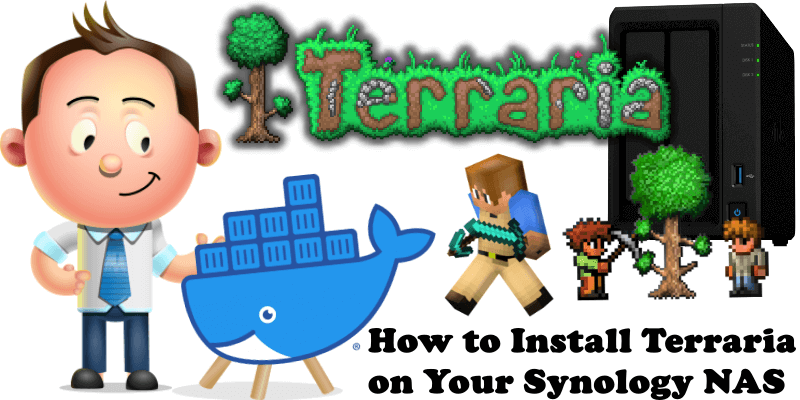
Dig, fight, explore, build! Nothing is impossible in this action-packed adventure game called Terraria. Terraria is a 2D action-adventure, open-world sandbox / platformer in which the player controls a single character in a pre-generated world. In this step by step guide I will show you how to install the Terraria Server on your Synology NAS using Docker & Portainer. Note: If you want, you can also install Terraria tModLoader on Your Synology NAS.
STEP 1
Please Support My work by Making a Donation.
STEP 2
⚠️Note: It’s Mandatory to have the original Terraria game installed on your PC.
STEP 3
Install Portainer using my step by step guide. If you already have Portainer installed on your Synology NAS, skip this STEP. Attention: Make sure you have installed the latest Portainer version.
STEP 4
Go to File Station and open the docker folder. Inside the docker folder, create one new folder and name it terrariaworlds. Follow the instructions in the image below.
Note: Be careful to enter only lowercase, not uppercase letters.
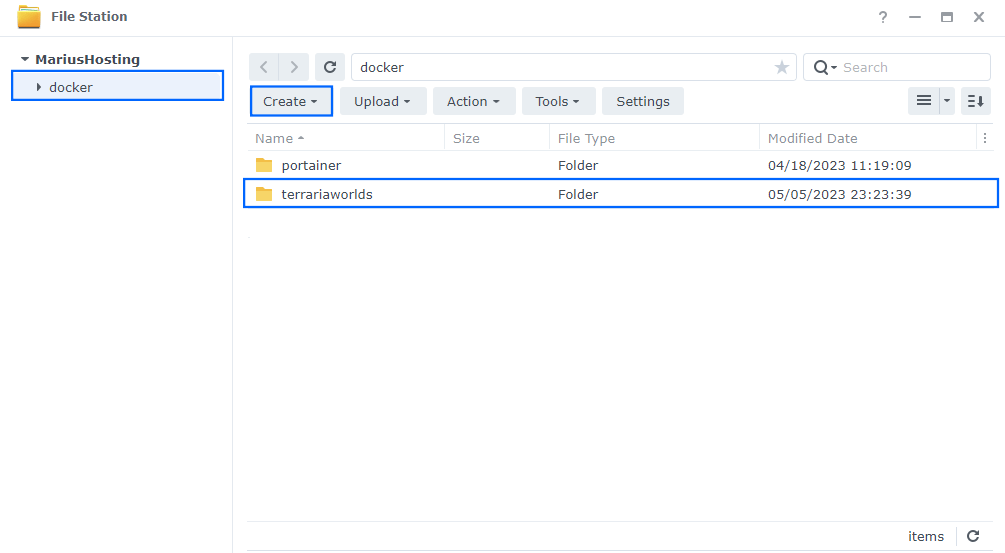
STEP 5
Log into Portainer using your username and password. On the left sidebar in Portainer, click on Home then Live connect. Follow the instructions in the image below.

On the left sidebar in Portainer, click on Stacks then + Add stack. Follow the instructions in the image below.

STEP 6
In the Name field type in terrariaserver. Follow the instructions in the image below.
version: "3.9"
services:
terraria-server:
image: ghcr.io/hexlo/terraria-server-docker:latest
container_name: Terraria-Server
hostname: terraria-server
mem_limit: 4g
cpu_shares: 768
security_opt:
- no-new-privileges:true
ports:
- 7779:7777
volumes:
- /volume1/docker/terrariaworlds:/root/.local/share/Terraria/Worlds:rw
environment:
world: /root/.local/share/Terraria/Worlds/MyWorld.wld
autocreate: 2 # 1(small), 2(medium), 3(large)
difficulty: 0 # 0(normal), 1(expert), 2(master), 3(journey)
secure: 1 # 1(no cheats), 0(cheats allowed)
language: en/US # or en/US or de/DE
maxplayers: 8
worldname: MyWorld
password: mariushosting
motd: Welcome to mariushosting Terraria server!
restart: on-failure:5
Note: Before you paste the code above in the Web editor area below, change the value for language. Examples: en_US for English, de_DE for German, fr_FR for French etc. (Select your current Default Language from this list.)
Note: Before you paste the code above in the Web editor area below, change the value for worldname. Choose a name for your world. MyWorld is an example of a World name.
Note: Before you paste the code above in the Web editor area below, change the value for password. Type in your own password. mariushosting is an example for a password.
Note: Before you paste the code above in the Web editor area below, change the value for motd. Type in your own welcome message to the World Server. Welcome to mariushosting Terraria server! is an example for a welcome message.
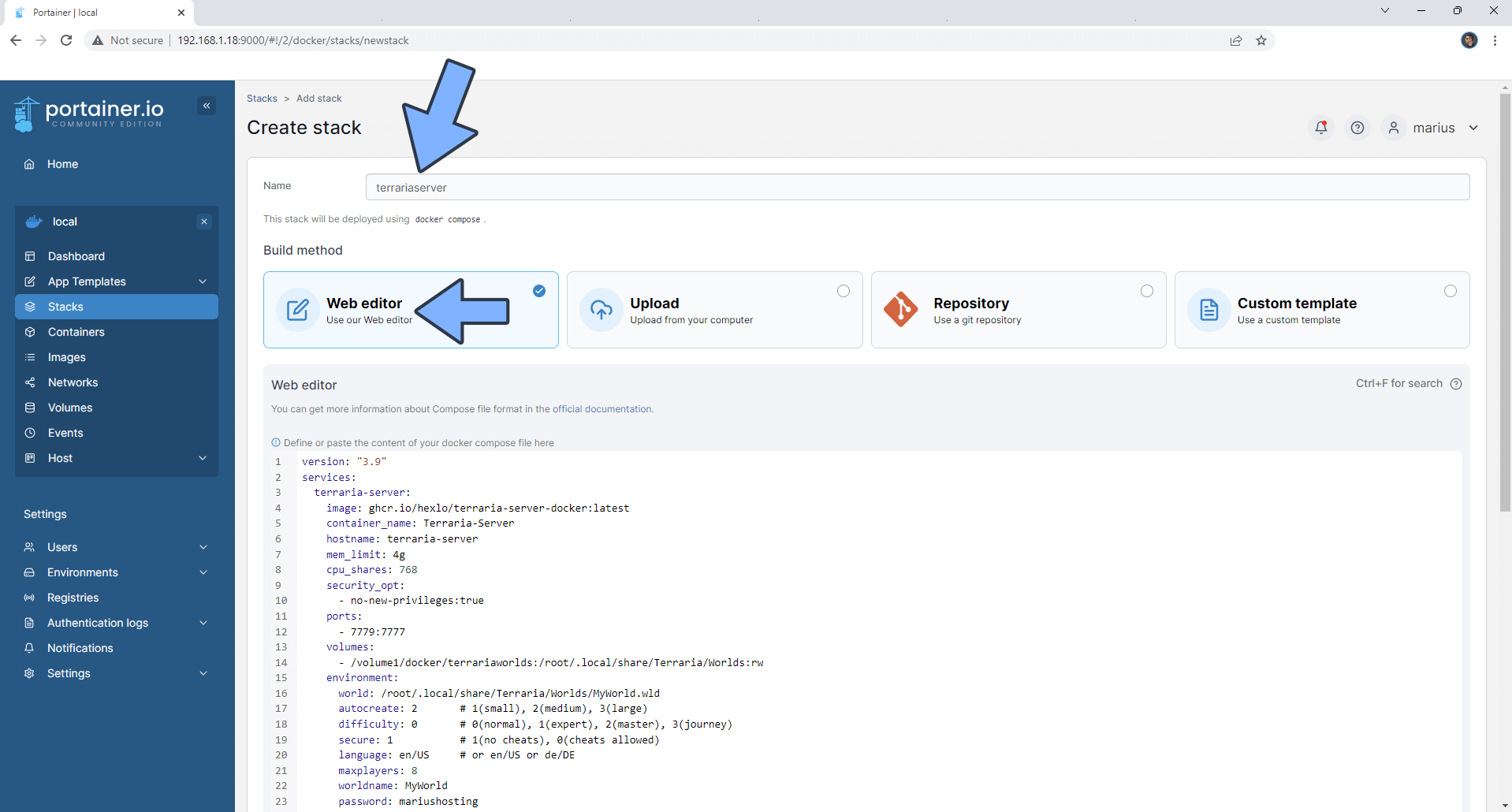
STEP 7
Scroll down on the page until you see a button named Deploy the stack. Click on it. Follow the instructions in the image below. The installation process can take up to a few minutes. It will depend on your Internet speed connection.
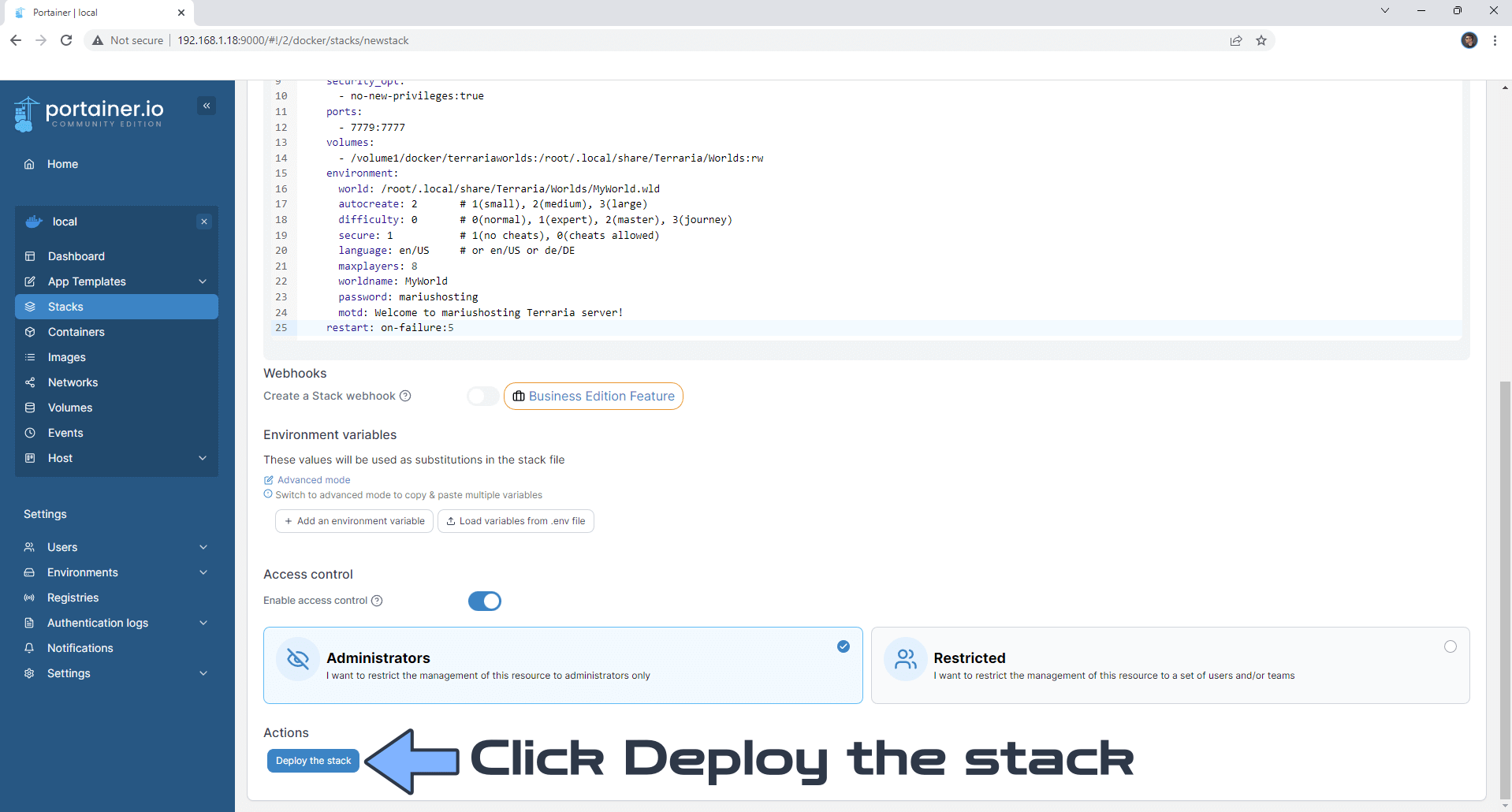
STEP 8
If everything goes right, you will see the following message at the top right of your screen: “Success Stack successfully deployed“.

STEP 9
🟢Please Support My work by Making a Donation. Almost 99,9% of the people that install something using my guides forget to support my work, or just ignore STEP 1. I’ve been very honest about this aspect of my work since the beginning: I don’t run any ADS, I don’t require subscriptions, paid or otherwise, I don’t collect IPs, emails, and I don’t have any referral links from Amazon or other merchants. I also don’t have any POP-UPs or COOKIES. I have repeatedly been told over the years how much I have contributed to the community. It’s something I love doing and have been honest about my passion since the beginning. But I also Need The Community to Support me Back to be able to continue doing this work.
STEP 10
Wait approximately 3 minutes until the world server is completely installed.
STEP 11
Open your Terraria game on your computer. Click Multiplayer. Follow the instructions in the image below.
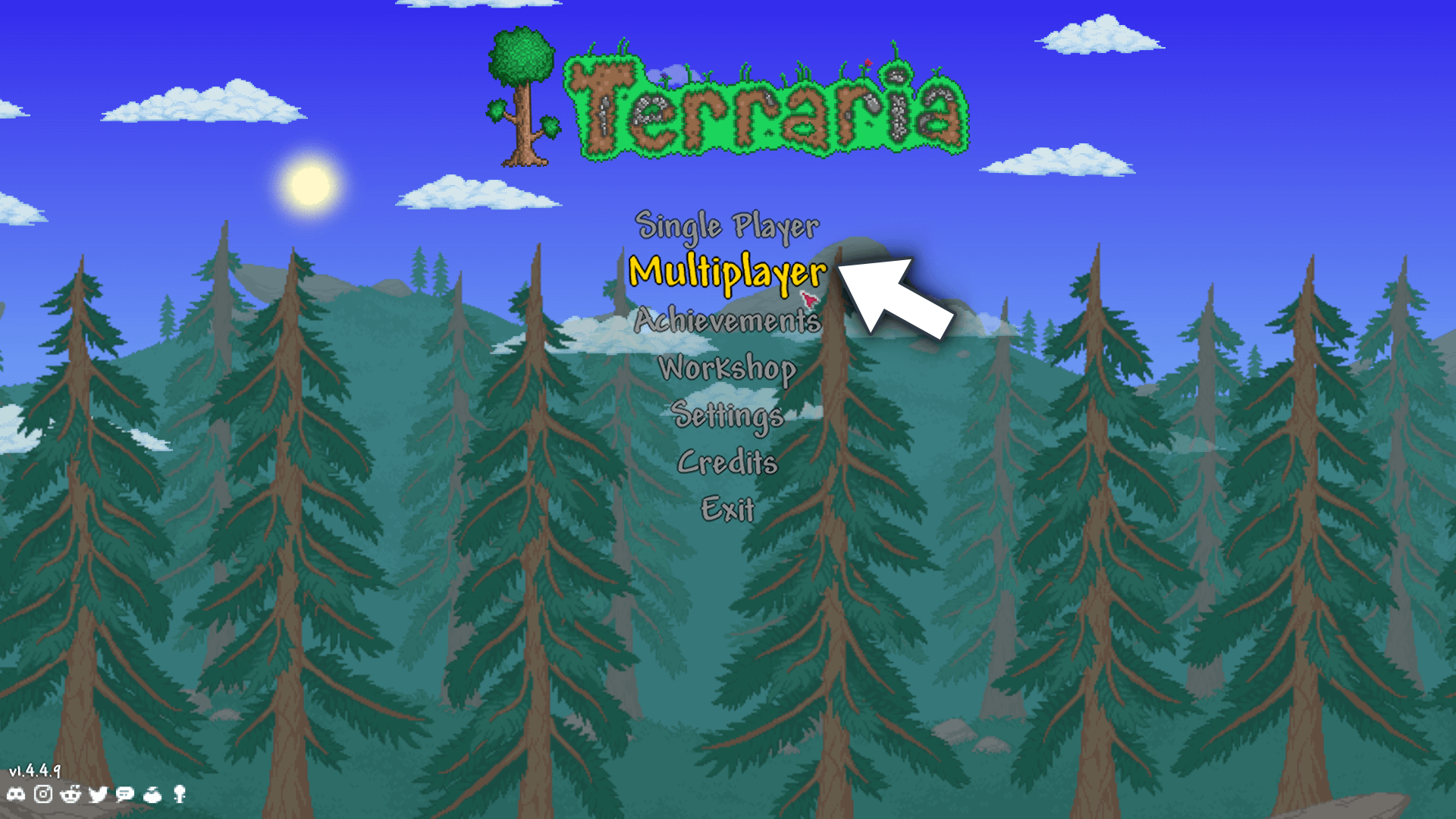
STEP 12
Click Join via IP. Follow the instructions in the image below.
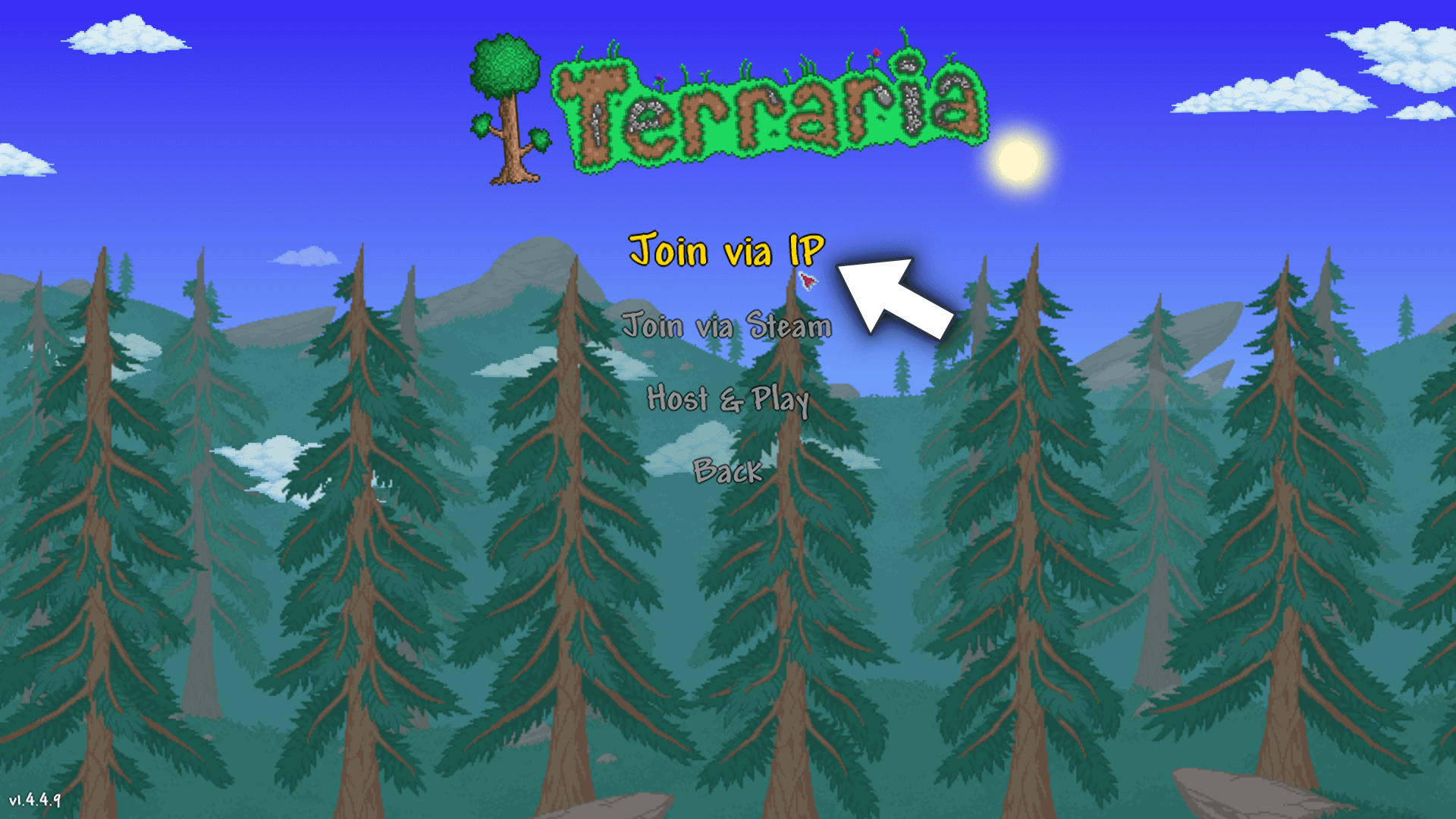
STEP 13
Type in your own NAS IP. Follow the instructions in the image below.

STEP 14
Type in 7779 as the Server Port. Follow the instructions in the image below.
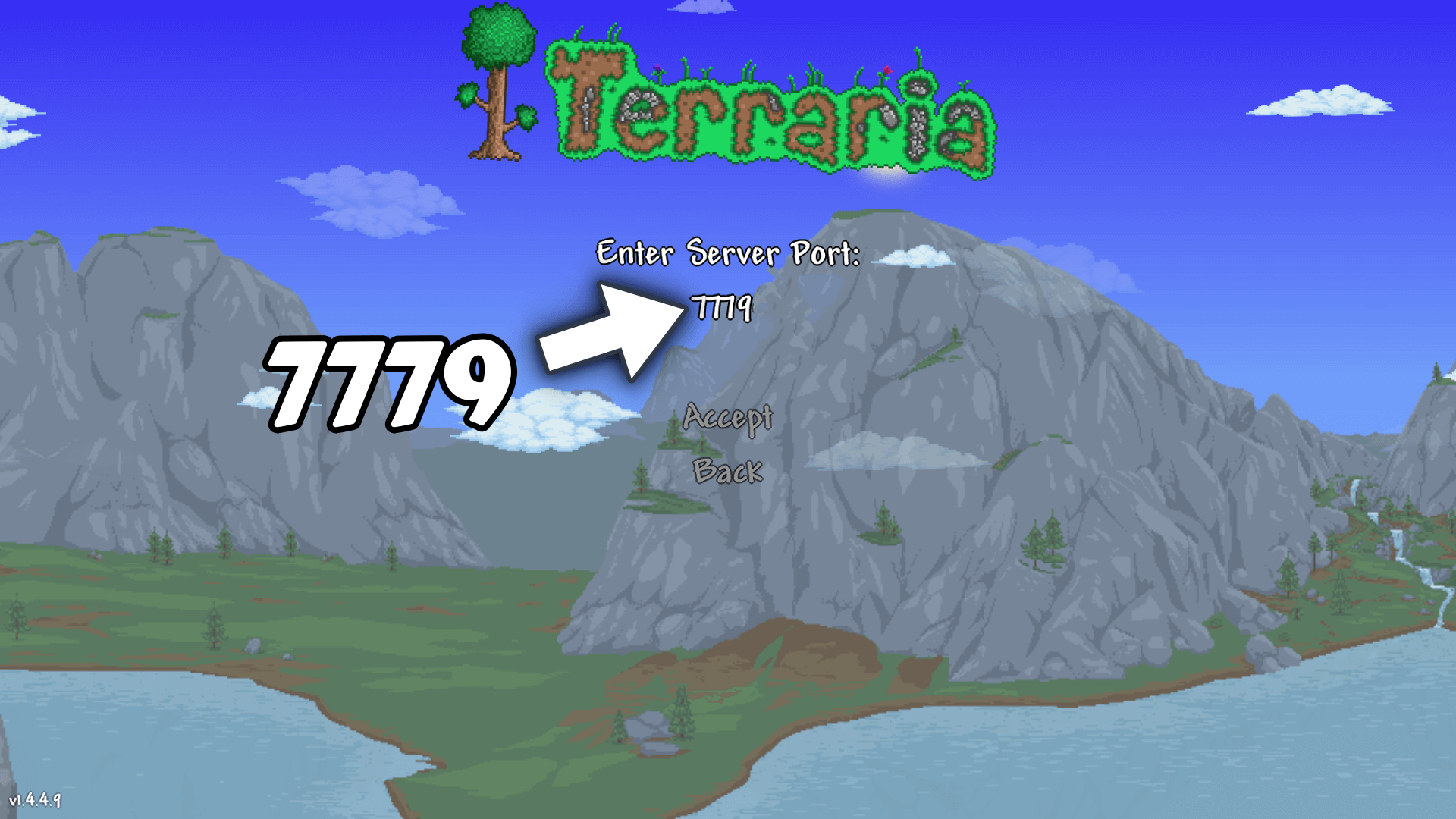
STEP 15
Type in the server Password that you have previously created at STEP 6. Follow the instructions in the image below.
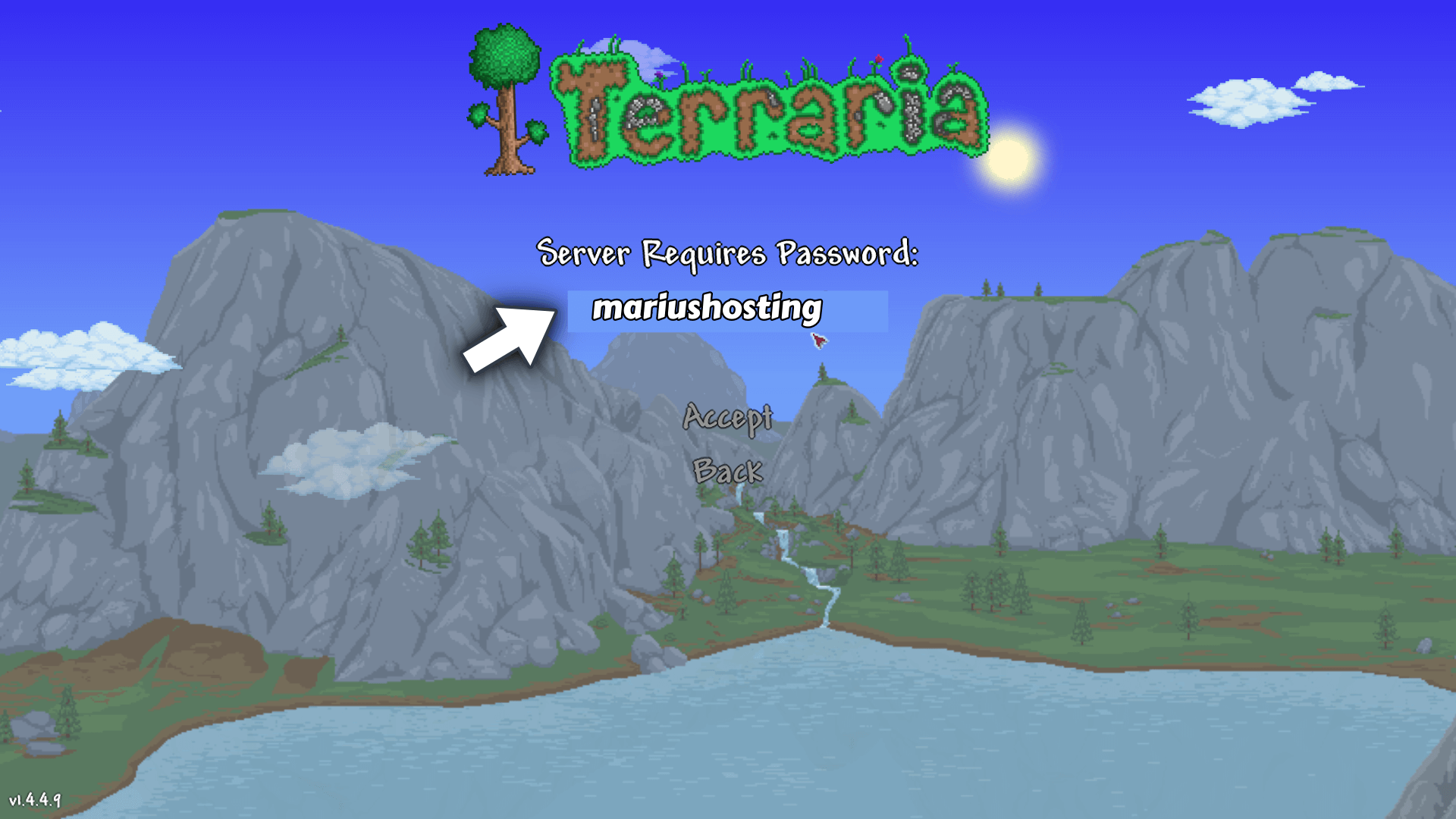
STEP 16
Your own Terraria Game Server at a glance!
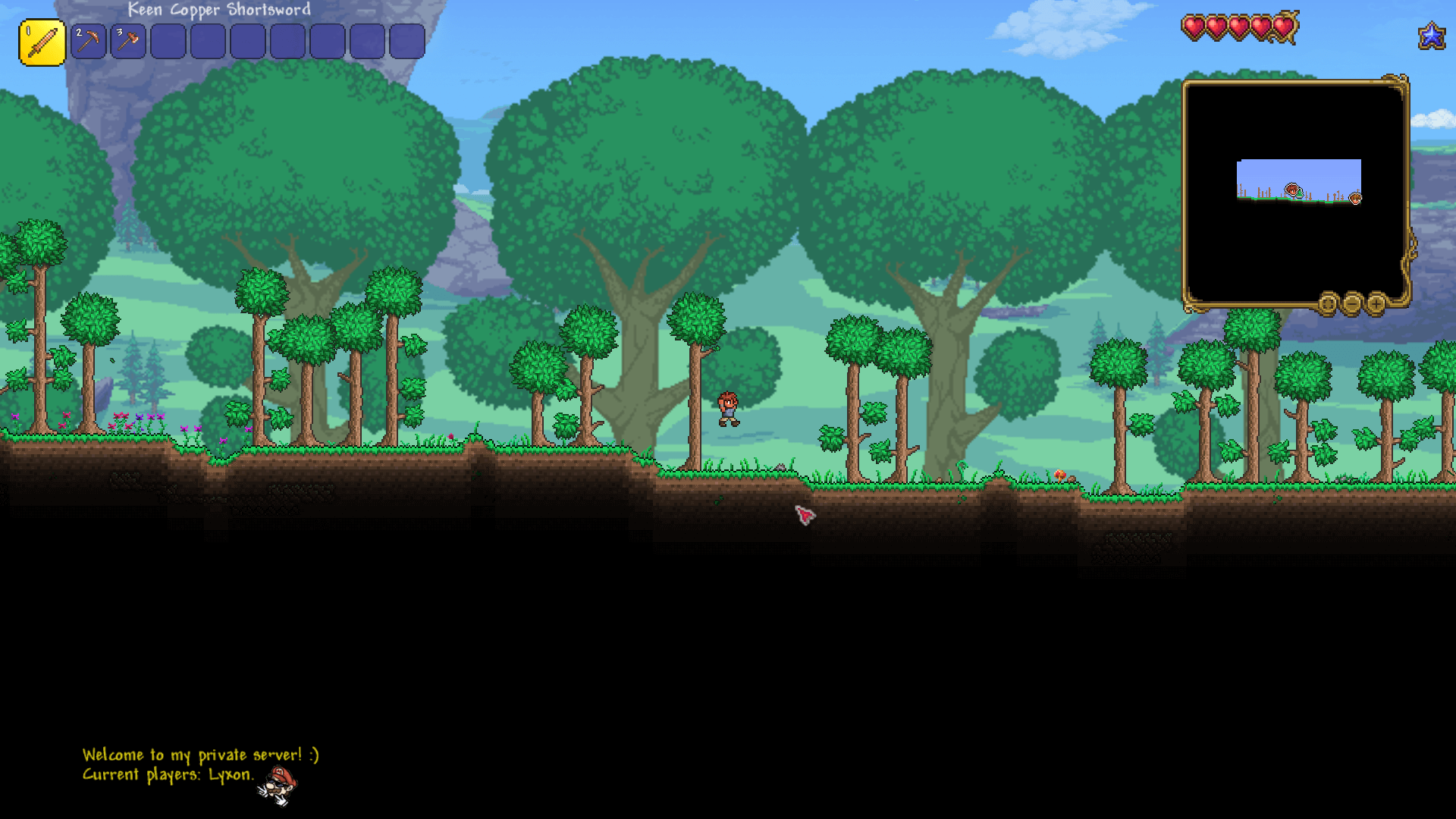
Enjoy Terraria!
Note: Can I run Docker on my Synology NAS? See the supported models.
Note: How to Back Up Docker Containers on your Synology NAS.
Note: Find out how to update the Terraria container with the latest image.
Note: How to Free Disk Space on Your NAS if You Run Docker.
Note: How to Schedule Start & Stop For Docker Containers.
Note: How to Activate Email Notifications.
Note: How to Add Access Control Profile on Your NAS.
Note: How to Change Docker Containers Restart Policy.
Note: How to Use Docker Containers With VPN.
Note: Convert Docker Run Into Docker Compose.
Note: How to Clean Docker.
Note: How to Clean Docker Automatically.
Note: Best Practices When Using Docker and DDNS.
Note: Some Docker Containers Need WebSocket.
Note: Find out the Best NAS Models For Docker.
Note: Activate Gmail SMTP For Docker Containers.
This post was updated on Thursday / August 28th, 2025 at 4:11 PM
